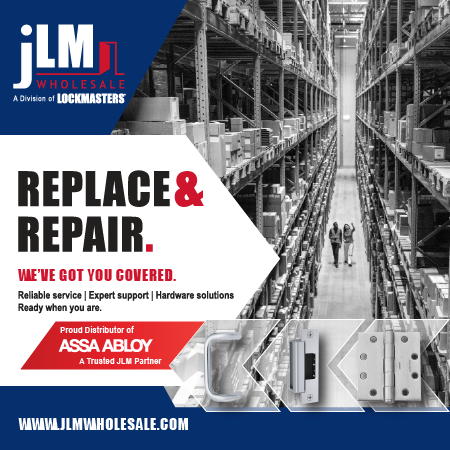Aerial robots. Megatall skyscrapers. Custom, abstract façades. These were just some of the ideas presented at the Façade Tectonics Institute “Façades Forum,” held in mid-October at Thomas Jefferson University in Philadelphia.
Architects and materials experts offered solutions that consider cutting-edge manufacturing technology, inspirational design and strategies to maintain building resiliency amid a changing climate. “Every building needs to have a high-performance façade. That’s our vision,” says Helen Sanders, president of the Façade Tectonics Institute and general manager of Technoform North America, in her opening remarks. Here are a few takeaways on how façades could perform to meet changing populations and environments.
3D-printed buildings allow for “speculative façades.” Robert Stuart-Smith, director of the MSD-RAS Program at the University of Pennsylvania, spoke on the potential for aerial robots to 3D-print façades in the future. The innovation has several advantages, including the ability to construct buildings without scaffolding. Abstract façade screen shapes could also reduce bird strikes, instead offering resting places for migrating birds, he says.
Complex geometries require custom work. Wolfgang Pech, senior project manager at seele, walked attendees through several of the company’s projects featuring complex geometric glass structures. Installing these highly customized systems requires special considerations, he says, including a large production area for prefabrication, precise labeling for non-standard-sized systems, and potentially specialized equipment to move curved or bent glass panels. He emphasized that success requires both human intelligence and manufacturing intelligence. “You need high-end robotics or machines, as well as people who can work with their hands, and know their materials.”
Planning for climate change. David Altenhofen, technical director at engineering consulting firm RWDI, spoke about building resiliency in the face of ongoing climate change. The world will become warmer, wetter and windier as climate change progresses, he says, and building professionals must adapt to keep people safe and ensure continued building performance. That means planning for the lifespan of the building. “We’re well past designing high-performance buildings as a means to mitigate climate change. Now we’re designing our buildings to adapt to the climate that has already changed,” he says. Predictive modeling will be required to estimate how weather patterns are likely to shift during a building’s lifespan, he says.
Brands invest in resilient buildings. Shawn Hess, vice president of sustainability at global real estate services firm Jones Lang LaSalle, says that real estate valuation has begun to recognize the importance of building resiliency as part of a project’s valuation. Based on predictive climate modeling, he says that 34% of the U.S. building stock is sitting in a region with high to medium-high climate risk, and that in 21% of those jurisdictions, there are no codes or regulations requiring buildings to respond to those risks. But individual global brands are concerned with climate risk to their real estate assets and are increasingly doing their own risk analysis and investing in building resiliency, which can include features like impact-resistant glazing, reinforced façades and flood plains.
For double glazing, service life matters more. Helen Sanders provided participants with a succinct overview of high-performance glazing to meet energy-efficiency standards, including double glazing, triple glazing and vacuum insulating glass configurations. She also encouraged architects to think holistically about the embodied carbon of the entire building structure, rather than individual systems, and to also focus on the operational efficiency of glazing systems.
“Please don’t ask your insulating glass manufacturer for an [environmental product declaration] for insulating glass. The most important thing is how well they make those IG units, and the choice of the materials used, because that’s what’s going to determine the service life.” She encouraged architects to consider the factors that impact that service life, including the quality of the edge seal, as well as the certification of the fabricator and the installer of the unit.


